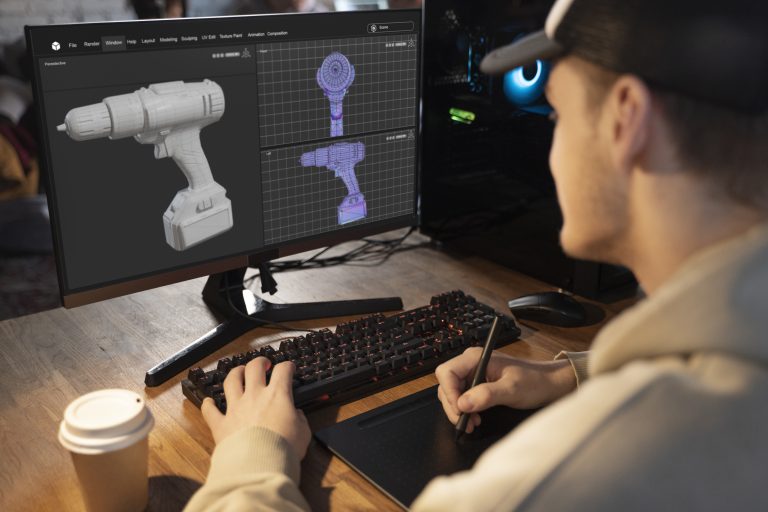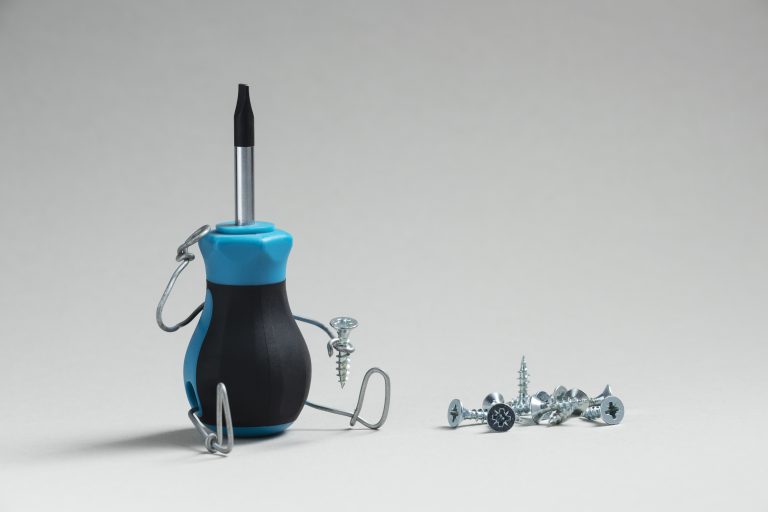There are several key steps involved in plastic injection moulding, none more important than quality checking, monitoring and control. Injection moulding process monitoring ensures that the finished products that come out of the injection moulding machine are safe, fault-free and fit for purpose. It must be adhered to with great attention to detail. This ensures not only the quality of the end product, but the reputation of the injection moulding company.
So, what is injection moulding process monitoring all about? Here are some key stages and details that must be included.
Injection moulding process monitoring parameters
As with any process, quality control checking works best if there is a set of pre-agreed parameters in place. The quality control specialist then uses them to check components against before signing off acceptable parts or rejected flawed ones as unfit for purpose. The parameters selected are then monitored using a range of processes and tools, such as computer aided quality checks (CAQ), advanced quality planning (AQP), continuous process control (CPC) and totally integrated automation (TIA).
Each process covers a separate part of the manufacturing process. CAQ checks examine material thickness, warpage and shrinkage, dimensions, tolerance levels etc. AQP looks at the overall design and feasibility of the product. CAQ looks more specifically at selected areas or aspects of the finished product, comparing it to pre-programmed parameters to check for accuracy.
Five examples of injection moulding process monitoring parameters
Some examples of the parameters used for injection moulding process monitoring and quality control checking inside and outside the machine are:
- Tolerance levels
This is all about the permissible limits within which the dimensions of a moulded product can vary from its original design. They are expressed as a plus or minus value. Tolerances tend to range from +/- 0.1mm for general parts, or +/- 0.025 for components requiring high precision manufacturing.
- Cavity pressure
This is measured using sensors to ensure optimal production at various stages in the manufacturing process. This aspect of injection moulding process monitoring helps prevent faults such as burn marks and other aesthetic defects being caused by the cavity pressure being too low or too high during production.
- Time, speed and rate of injection
Being able to monitor performance by comparing the time, speed and rate of injection with industry standards for the type of project under assessment helps quality control monitors spot any anomalies that could lead to faults in the product.
- Cooling time and results
In most injection moulding manufacturing projects, cooling times take up most of the production cycle time. Ensuring the correct time is factored into production timetables can greatly enhance the quality of the finished part.
- Adherence to original customer specification
As with any manufacturing – or any other type of project – referring back to original customer specifications is key for quality monitoring purposes. Having a clear list of expected specs to compare against the final component will throw light onto any deviations very quickly.
Five problems commonly found during injection moulding process monitoring
While the hope is that the vast majority of products will pass the stringent quality control checks – if not all of them, there will sometimes be cases where mistakes are made and some products are rejected during the monitoring process. Some common quality issues include:
- Sink marks
These are very common defects that happen when depressions (craters, dents) appear in the thicker areas of the component being moulded. They are very small, but can cause issues with aesthetics and performance.
- Burn or gas marks
Burn marks, also known as gas marks, take on a rusty colour and appear on the surface of injection moulded products. They can be caused by excessive heating or overly fast injection speeds, both of which should be picked up and fixed during injection moulding process monitoring.
- Short shots
This happens when insufficient plastic reaches the mould, leaving some parts empty and incomplete, or when air gets trapped and cannot escape, so takes the place of some of the plastic inside the mould.
- Flow lines
These are lines or streaks that appear on the surface of a part, often in a different colour. Theya re caused by varying speeds at which the molten material flows through the machine and adheres to the shape of the mould.
- Weld lines
Weld lines show up at areas where molten plastics meet each other after flowing in from different parts of the mould. They are a sign of weak bonding, which can lead to problems with the structural integrity of the finished part.





